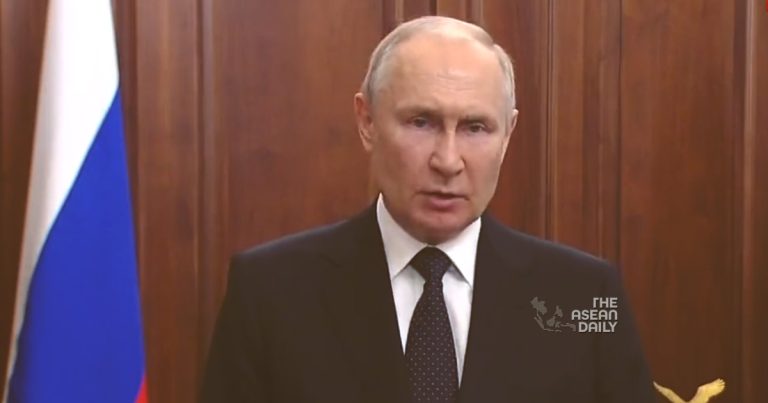28-11-2024 (WASHINGTON) American intelligence assessments have consistently indicated that allowing Ukraine to strike deeper into Russian territory with US-supplied weapons poses minimal risk of nuclear escalation, according to multiple high-level sources familiar with classified briefings.
The revelations come as Washington grapples with the implications of its decision to grant Ukraine broader operational latitude with American armaments, including the deployment of ATACM missiles capable of reaching targets up to 190 miles within Russian territory.
“Our analysis has remained steady: The provision of extended-range capabilities to Ukraine would not trigger a nuclear response,” disclosed a senior intelligence official, speaking on condition of anonymity. This assessment has persisted despite Russia’s recent demonstration of a new ballistic missile system and modifications to its nuclear doctrine.
However, intelligence sources warn of an anticipated surge in Russian covert operations across Europe. Moscow is expected to intensify its “grey-zone” warfare campaign, potentially targeting Western infrastructure and interests through sabotage and cyber operations, according to two senior administration officials.
The Biden administration’s decision to expand Ukraine’s strike capabilities was significantly influenced by North Korea’s entry into the conflict, with Pyongyang reportedly deploying between 11,000 and 12,000 troops to support Russian operations. This development, rather than nuclear concerns, ultimately prompted Washington to recalibrate its approach.
Several officials now acknowledge that previous reservations about nuclear escalation may have been excessive, though they emphasise that the overall situation remains volatile. “While nuclear escalation wasn’t the primary risk, Russia’s capacity for asymmetric retaliation remains a serious concern,” noted a congressional aide briefed on the matter.
Intelligence assessments conducted over the summer revealed that tactical benefits of cross-border strikes would be limited, as Russia had already relocated most of its aircraft beyond the range of shorter-range missiles. Nevertheless, these reports consistently indicated that nuclear weapons would be a last resort for Moscow, with Putin more likely to pursue alternative means of retaliation.
The intelligence community’s analysis suggests that while Russia will match perceived US escalation through conventional means, it is unlikely to cross the nuclear threshold. This assessment has helped shape Washington’s evolving policy on military support for Ukraine, despite ongoing debates within the administration about the broader implications of expanded weapons use.
European diplomatic sources confirm that Russian intelligence services have already intensified operations aimed at intimidating Ukraine’s supporters, highlighting Moscow’s preference for hybrid warfare tactics over nuclear options.




